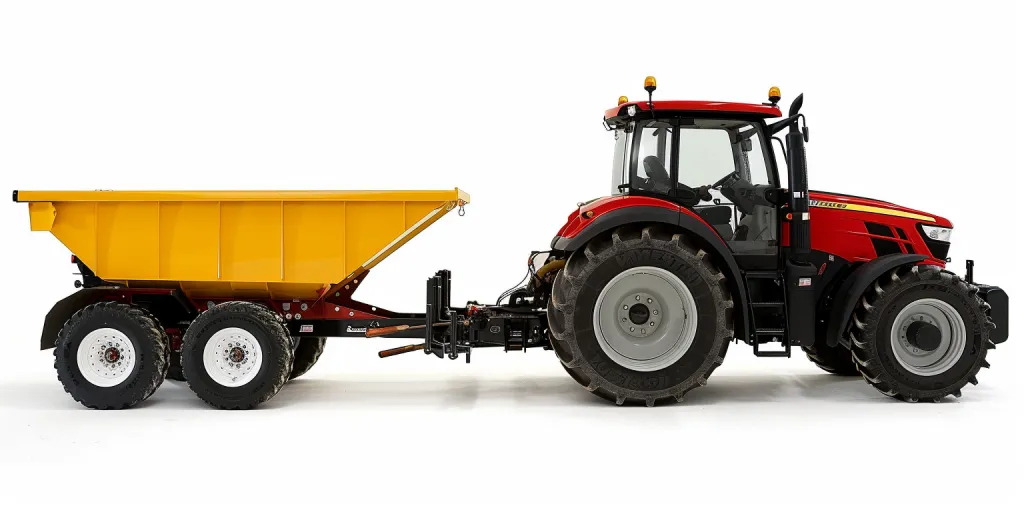The agricultural landscape is continuously evolving, with technological advancements paving the way for more efficient farming methods. Among these innovations, the fertilizer spreader for tractors stands out as a pivotal tool for enhancing soil fertility and crop yield. This article delves into the top five aspects users care most about when selecting a fertilizer spreader for their tractor, breaking down complex considerations into digestible insights.
Table of Contents:
– Understanding the types of fertilizer spreaders
– Key features to look for in a fertilizer spreader
– The importance of spreader capacity and coverage
– Maintenance tips for your fertilizer spreader
– Choosing the right fertilizer spreader for your farm
Understanding the types of fertilizer spreaders
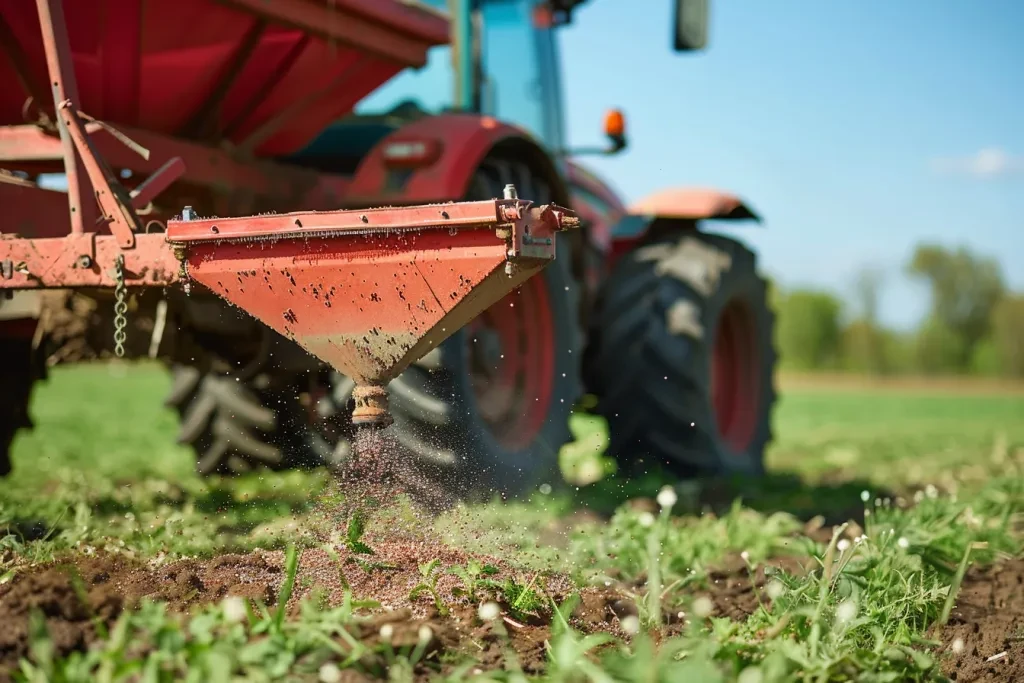
When it comes to choosing a fertilizer spreader for your tractor, understanding the different types available is crucial. Broadly speaking, there are two main categories: broadcast spreaders and drop spreaders. Broadcast spreaders disperse fertilizer over a wide area, making them ideal for large fields. In contrast, drop spreaders allow for more precise application, releasing fertilizer directly below the spreader, which is perfect for smaller or more intricately laid-out areas.
Each type of spreader has its own set of advantages. For instance, broadcast spreaders can significantly reduce the time it takes to fertilize large fields, while drop spreaders offer unmatched precision, minimizing waste and preventing fertilizer from spreading to unwanted areas. The choice between these types depends on the specific needs of your farm, including the size of your fields and the level of precision you desire in fertilizer application.
Moreover, within these categories, there are variations designed to accommodate different terrain types and fertilizer forms. Some spreaders are better suited for granular fertilizers, while others can handle liquid or powdered forms with ease. Recognizing the distinctions between these spreaders will guide you in selecting the one that best fits your farm’s requirements.
Key features to look for in a fertilizer spreader
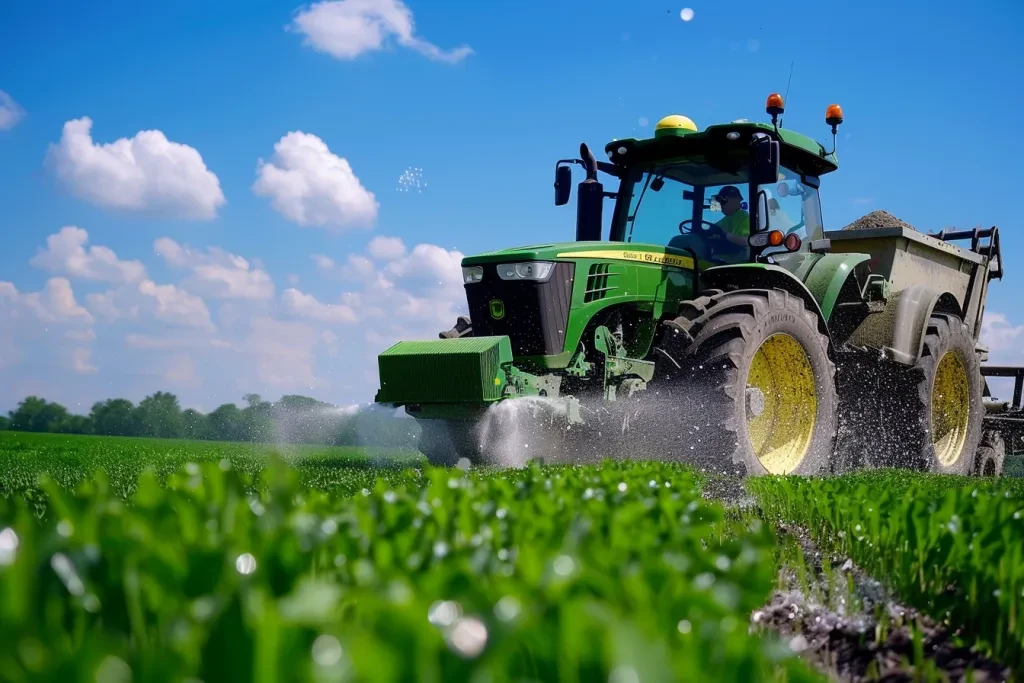
Selecting the right fertilizer spreader for your tractor involves more than just choosing between broadcast and drop models. Several key features should be considered to ensure you get the most out of your investment. Firstly, the hopper material is crucial; options like stainless steel or heavy-duty plastic offer durability and resistance to corrosion caused by fertilizers.
Another essential feature is the spreader’s control mechanism. Look for models that provide easy adjustments for flow rate and spreading width. This flexibility allows for precise application, reducing waste and ensuring that crops receive the optimal amount of fertilizer.
Lastly, consider the compatibility of the spreader with your tractor. Ensure that the spreader’s attachment mechanism is suitable for your tractor model and that the weight of the fully loaded spreader does not exceed your tractor’s carrying capacity. Ignoring these considerations could lead to ineffective spreading or even damage to your tractor.
The importance of spreader capacity and coverage
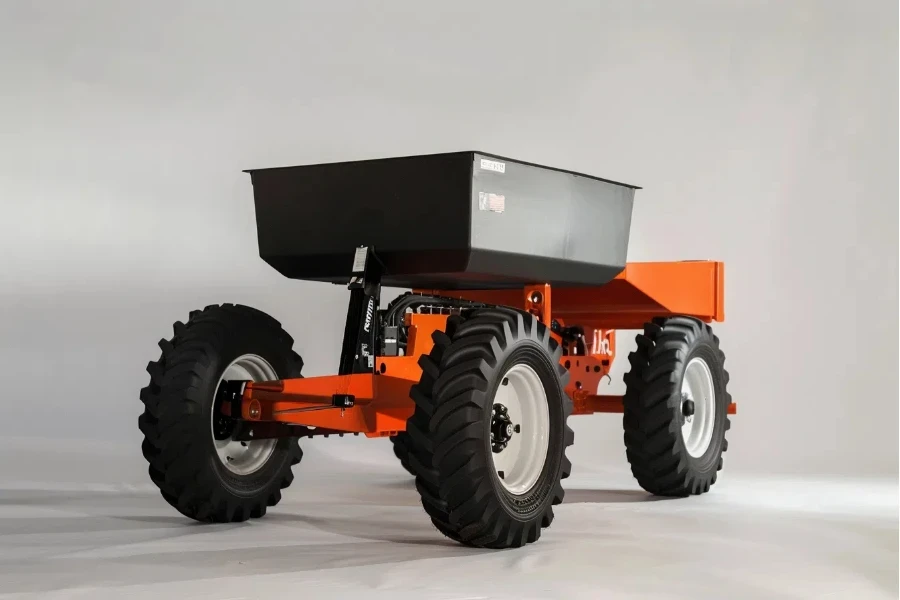
Capacity and coverage are critical factors that directly impact the efficiency and effectiveness of fertilizer application. A spreader’s capacity determines how much fertilizer it can hold, which in turn influences how frequently you’ll need to refill it. For large-scale operations, a high-capacity spreader can save significant time and labor.
Coverage, on the other hand, refers to the width of the area a spreader can cover in a single pass. Wider coverage means fewer passes are needed to fertilize a field, further enhancing efficiency. However, it’s important to balance coverage with precision; too wide a spread can lead to uneven application or fertilizer being cast beyond the intended area.
Considering both capacity and coverage when choosing a fertilizer spreader will help optimize your fertilization process, ensuring that your crops receive the right amount of nutrients with minimal effort and waste.
Maintenance tips for your fertilizer spreader
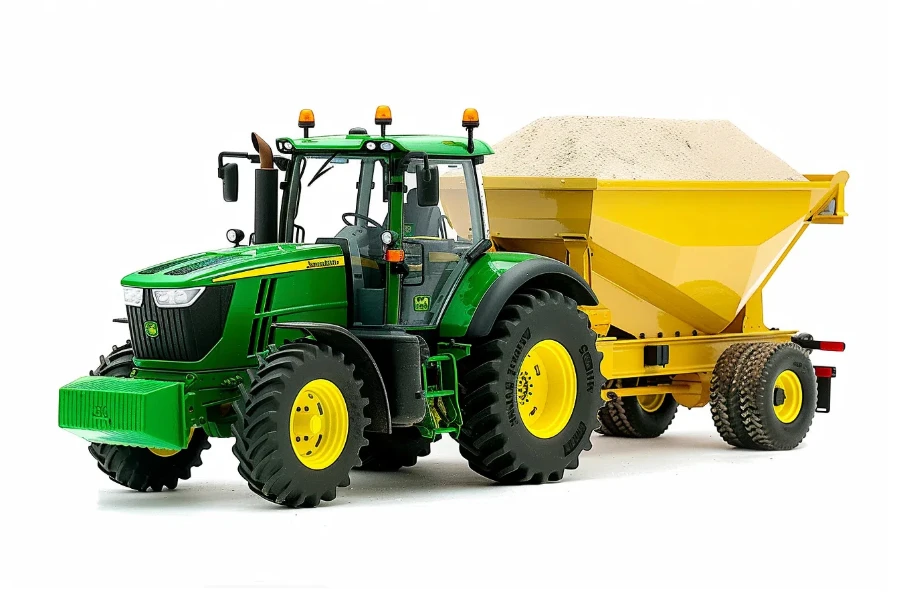
Maintaining your fertilizer spreader is essential for extending its lifespan and ensuring consistent performance. Regular cleaning is paramount, especially if you’re using corrosive fertilizers. Rinse the spreader after each use to prevent buildup and corrosion. Additionally, lubricate moving parts periodically to keep them functioning smoothly.
It’s also important to inspect your spreader regularly for signs of wear or damage, such as cracks in the hopper or issues with the spreading mechanism. Early detection of problems can prevent more significant issues down the line, saving you time and money on repairs.
Furthermore, calibrating your spreader periodically ensures that it continues to distribute fertilizer accurately and efficiently. This involves checking and adjusting the flow rate and spreading pattern, a process that can significantly impact the effectiveness of your fertilization efforts.
Choosing the right fertilizer spreader for your farm

Selecting the ideal fertilizer spreader for your tractor involves a careful consideration of your farm’s specific needs. Assess the size and layout of your fields, the types of crops you grow, and your fertilization goals. Whether you prioritize precision, capacity, or versatility, there’s a spreader model designed to meet those needs.
Engage with fellow farmers and agricultural professionals to share experiences and insights. Their practical advice can provide valuable guidance in making an informed decision. Additionally, researching the latest technological advancements in fertilizer spreaders can reveal options that offer improved efficiency and ease of use.
Ultimately, the right fertilizer spreader is one that aligns with your farming practices, enhances your fertilization process, and contributes to the overall productivity and sustainability of your farm.
Conclusion:
Choosing the right fertilizer spreader for your tractor is a decision that can significantly impact the efficiency of your farming operations and the health of your crops. By understanding the different types of spreaders, key features, capacity, coverage, and maintenance requirements, you can make an informed choice that meets the unique needs of your farm. Remember, the goal is to optimize the fertilization process, ensuring that your soil is enriched and your crops thrive.
